Explore Untamed Beauty and Connection: Why Big Sur Camping Captivates Every Adventurer
Imagine yourself beneath ancient redwoods, salt air drifting in from dramatic cliffs, a crackling campfire keeping you warm as the Pacific asserts itself beyond a rugged coastline. Big Sur camping isn’t just another night outdoors—it’s an experience that cracks open the wild heart of California’s most iconic landscape. For those who crave fresh air, endless vistas, and a sense of discovery, this stretch of coastline transforms vacations into something elemental and unforgettable.
But what makes Big Sur camping not just beautiful, but deeply rewarding? It comes down to more than just postcard views or star-filled skies. Here, the intersection of wild rivers, towering forests, and resilient flora and fauna offers a rare opportunity to experience nature’s raw, restorative power. Even seasoned travelers encounter fresh inspiration in Big Sur, a place where the rhythms of wind and surf foster both adventure and renewal. As more people seek sanctuary in nature, understanding how to make the most of a Big Sur camping trip has never been more valuable—or essential for anyone ready to leave behind the indoors and rediscover themselves in California’s untamed paradise.
Unlocking Big Sur Camping: What Every Outdoor Enthusiast Must Know
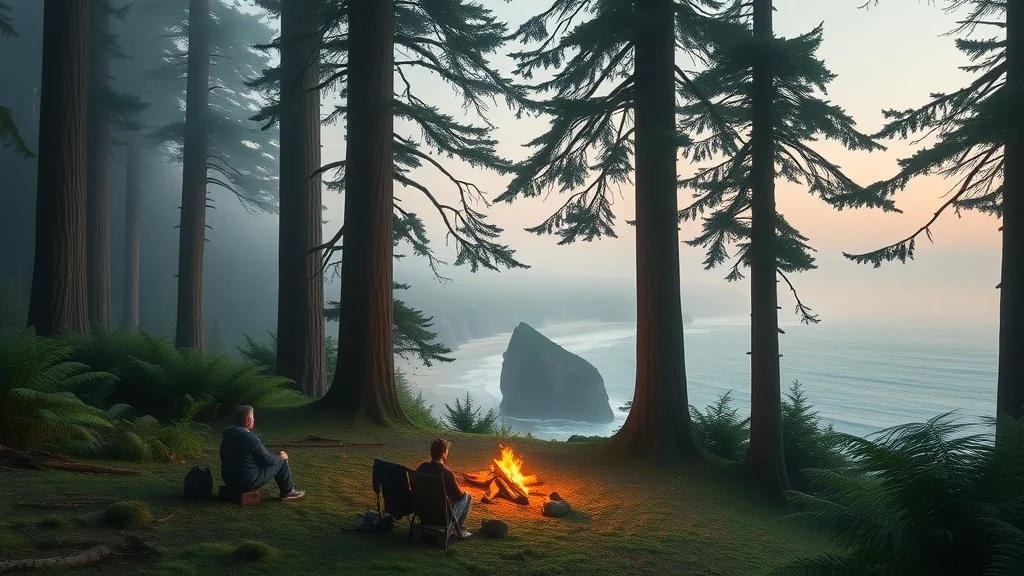
Big Sur camping is an immersive way to engage with one of California’s most celebrated natural environments, blending scenic beauty with a rare sense of seclusion. Nestled between dense redwood groves and dramatic bluffs, designated campgrounds welcome visitors eager to explore well-maintained hiking trails, discover hidden beaches, and witness the region’s spectacular biodiversity up close. But understanding what sets Big Sur camping apart isn’t only about its setting—it’s also about recognizing the delicate balance between recreation and environmental stewardship that defines this coastal destination.
Choosing to camp in Big Sur means confronting challenges as well as rewards. The area’s popularity and ecological sensitivity demand preparation and respect: campsites often require reservations, there’s a need to pack in and pack out supplies, and visitors should remain mindful of fire restrictions and trail etiquette to protect this precious ecosystem. Failing to prepare can lead to not only missed opportunities but also unintended impacts on the land. Fortunately, resources like carefully curated state parks, clear booking systems, and a focus on inclusive, accessible recreation help ensure that both first-timers and veteran outdoorspeople leave with lifelong memories—and leave the region as vibrant as they found it.
Why Choosing State Park Campgrounds Makes Big Sur Camping Safer, Simpler, and More Rewarding
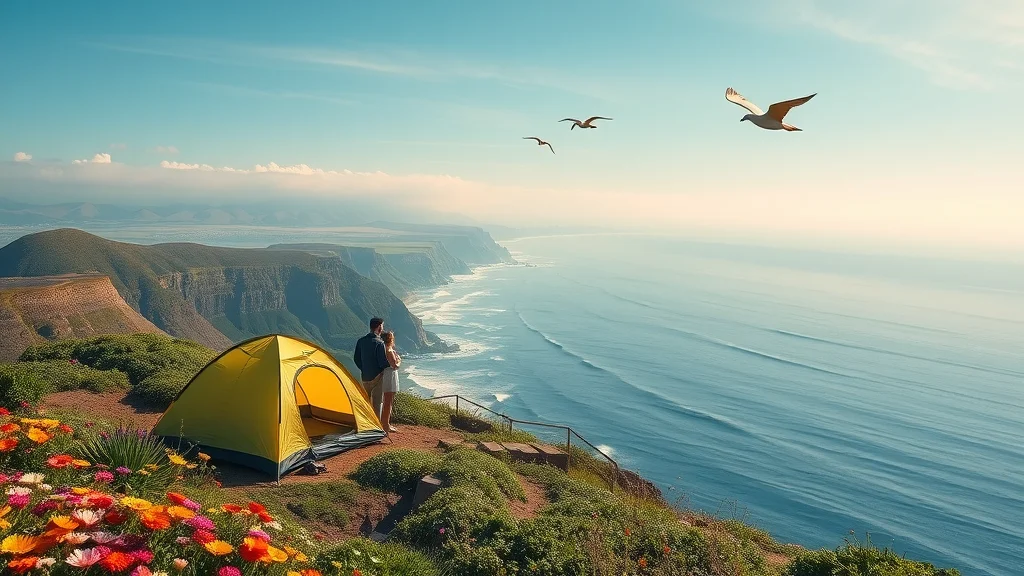
Among the mosaic of campgrounds that dot the Big Sur landscape, state park sites such as Andrew Molera State Park stand out by offering campers well-maintained facilities, a focus on conservation, and a gateway to trail and beach access. Their approach, anchored in a mission to protect California’s biological diversity and cultural treasures, translates into practical advantages for visitors. From readily available restrooms and designated parking to educational opportunities and a responsive reservation system, these sites remove much of the guesswork and stress that can accompany a night in the wild.
With a reservation through the modern ReserveCalifornia system, travelers can secure their slice of coastal paradise far in advance, helping to avoid the uncertainties that come with first-come, first-served sites or informal camping options. This thoughtful infrastructure provides not just peace of mind but also enhances safety—reducing overcrowding, promoting respectful coexistence among campers, and ensuring every visitor has access to high-quality outdoor experiences. Families, solo trekkers, and friend groups alike benefit from the state parks’ commitment to inclusivity: accessible trails and facilities mean that virtually everyone can enjoy Big Sur’s singular beauty, regardless of mobility or background.
Stewardship and Sustainability: How Your Stay Protects Big Sur for Generations to Come
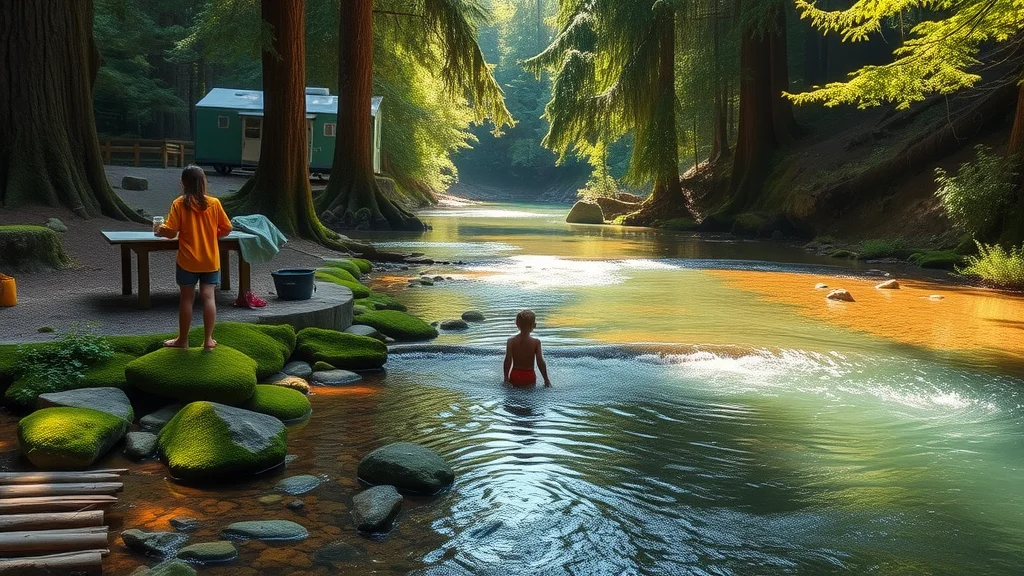
Every camper in Big Sur becomes part of the ongoing effort to safeguard the area’s unique ecosystem. California State Parks’ philosophy emphasizes not just recreation but also responsibility. Practices such as limiting the number of campers, maintaining trails and restrooms to high standards, and educating guests about local flora, fauna, and fire safety all help minimize human impact. Eco-friendly policies like “pack it in, pack it out” ensure that the region’s breathtaking vistas remain unspoiled, so future generations can share the same sense of awe.
This commitment to sustainability extends beyond daily operations. By adapting to the challenges of wildfires, drought, and climate change, state parks are investing in resilient landscapes and adaptive recreation possibilities. As a camper, each action—from following posted guidelines to participating in volunteer opportunities—contributes directly to preserving Big Sur’s wildness. In this way, a night spent beneath the redwoods or along the shore is more than a personal adventure; it’s an act of stewardship woven into the park’s vibrant future.
A Portal to Adventure: Trails and Sights That Define Big Sur Camping
Big Sur’s allure is amplified by its diversity of recreational opportunities. Campgrounds like those at Andrew Molera State Park offer direct access to a network of hiking trails catering to all experience levels. Whether you are trekking the scenic Bluff Trail for panoramic ocean views or meandering to the Big Sur River for a serene afternoon, these routes are meticulously maintained, ensuring that even novice hikers feel safe and empowered to explore. Many trails lead to lesser-known beaches, peaceful for contemplation and discovery, though swimmers should remain aware of strong waves and rocky shores.
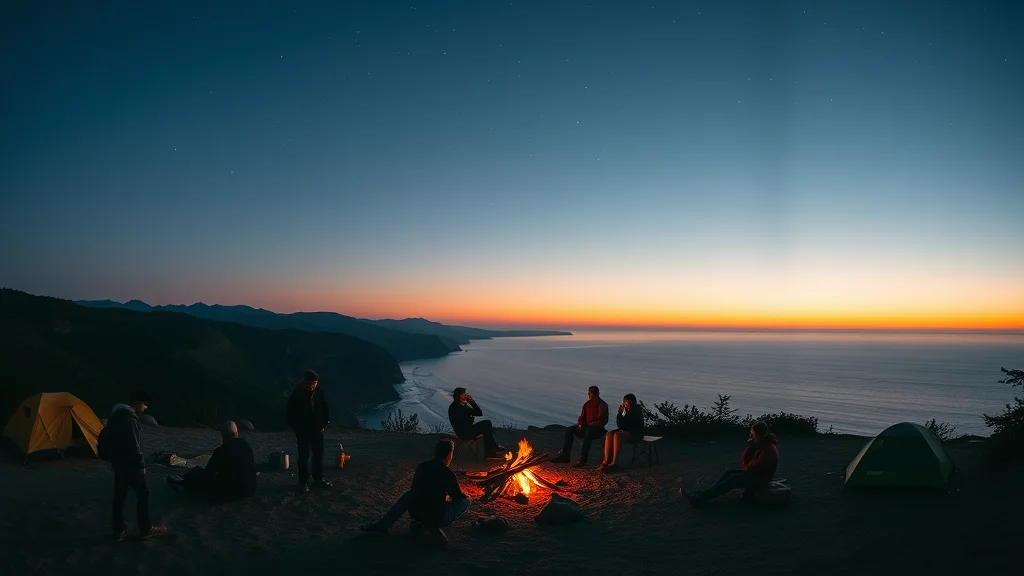
Beyond the physical activity, Big Sur camping fosters inspiration. Annual photo contests, cultural events, and the simple joy of unplugging in nature’s open-air classroom encourage creativity, mindfulness, and new connections. Foundations like Arts in California Parks bring local artists and storytellers into the park system, enhancing the experience with immersive events that celebrate both the natural world and its cultural tapestry. For those seeking an adventure that feeds both body and spirit, camping in Big Sur is unrivaled.
Embracing the Unexpected: Tips and Insights for a Flawless Big Sur Camping Experience
Despite its rewards, Big Sur camping demands thoughtful preparation. Campers should know that some sites require a short walk from the parking area to tent locations—packing light or assigning hauling duties becomes especially important for families or those less accustomed to roughing it. Resources like the OuterSpatial mobile app offer digital guidance on navigation, events, and accessibility options, making it easier than ever to plan a trip that aligns with your abilities and interests.
Advance reservations are highly recommended, and annual passes can provide season-long access for repeat visitors. It’s helpful to monitor state park news or local advisories for updates on trail conditions, fire regulations, or event opportunities, all of which can affect the timing and nature of your adventure. By approaching your trip with knowledge and respect, you’ll maximize both the magic and the safety of your Big Sur stay.
Andrew Molera State Park’s Role as a Steward and Storyteller in Big Sur Camping
Andrew Molera State Park stands as a testament to the values that underpin California State Parks’ mission: to create opportunities for high-quality outdoor recreation while preserving the region’s most treasured natural and cultural resources. The park’s approach is rooted in inclusivity—expanding recreation offerings and improving accessibility to ensure that the wonder of Big Sur camping is within everyone’s reach. Trail maintenance, adaptive facilities, and interpretive programs all echo a belief in the transformative power of nature to educate, inspire, and heal.
The park doesn’t shy away from the changing realities of outdoor stewardship. Forward-thinking investments in sustainability, such as resilient infrastructure and ecological education, show a long-term commitment to Big Sur’s biodiversity and heritage. As part of a broader state park system celebrating 175 years of conservation and cultural reverence, Andrew Molera State Park exemplifies hospitality grounded in both respect for the land and deep-rooted community engagement. Its story is one of custodianship—inviting every camper to become a steward of this iconic landscape.
When Campers Find Magic in Big Sur: One Memorable Experience
The heart of Big Sur camping is best shown through the eyes of those who have lived it—people whose first-hand experiences illuminate both the simple pleasures and deep satisfaction found in this landscape. Recently, a visitor described the joys and realities of camping at Andrew Molera State Park, painting a vivid picture of what to expect and why the effort is so worthwhile:
We camped here for a night and loved it. Bathrooms at the campground and at the parking lot were both very well maintained. The campground was beautiful. It was quiet and others camping there were quiet and respectful. Trails to the beach and the camp trail to the Big Sur River were both very well maintained. The views from the Bluff Trail were spectacular. Alas, we are just too old to be camping anymore. My only feedback would be, the ground is not made out of memory foam. There is a short walk from the parking lot to the campground. While it's not long, you do need to carry everything in, and back out. Travel light, or put the kids to work.
This firsthand account echoes the broader experience of Big Sur camping—spectacular scenery balanced with practical preparation and a sense of camaraderie among fellow adventurers. For those ready to embrace both the promise and the challenge, the rewards of a stay in Big Sur are lasting and profound.
The Lasting Power of Big Sur Camping for New and Seasoned Adventurers
In an age when connection to the natural world feels both more necessary and more elusive, Big Sur camping shines as an invitation to slow down, breathe deeply, and rediscover wonder. The region’s state park campgrounds—including Andrew Molera State Park—have become pillars of accessibility, environmental responsibility, and exceptional outdoor recreation. The blend of expert stewardship, innovative tools, and inclusive programming means every visitor can experience the restorative effects of time spent in Big Sur. Whether you come for a weekend or return season after season, the promise of the coast and the wild will welcome you back each time. To truly understand California’s spirit—from its living history to its windswept cliffs—there is no substitute for nights spent beneath the stars with the sound of the Pacific just beyond your tent.
Contact the Experts at Andrew Molera State Park
If you’d like to learn more about how Big Sur camping could benefit your next outdoor adventure, contact the team at Andrew Molera State Park.
📍 Address: 45500 CA-1, Big Sur, CA 93920, USA
📞 Phone: +1 831-667-2315
🌐 Website: http://www.parks.ca.gov/
Andrew Molera State Park Location and Availability
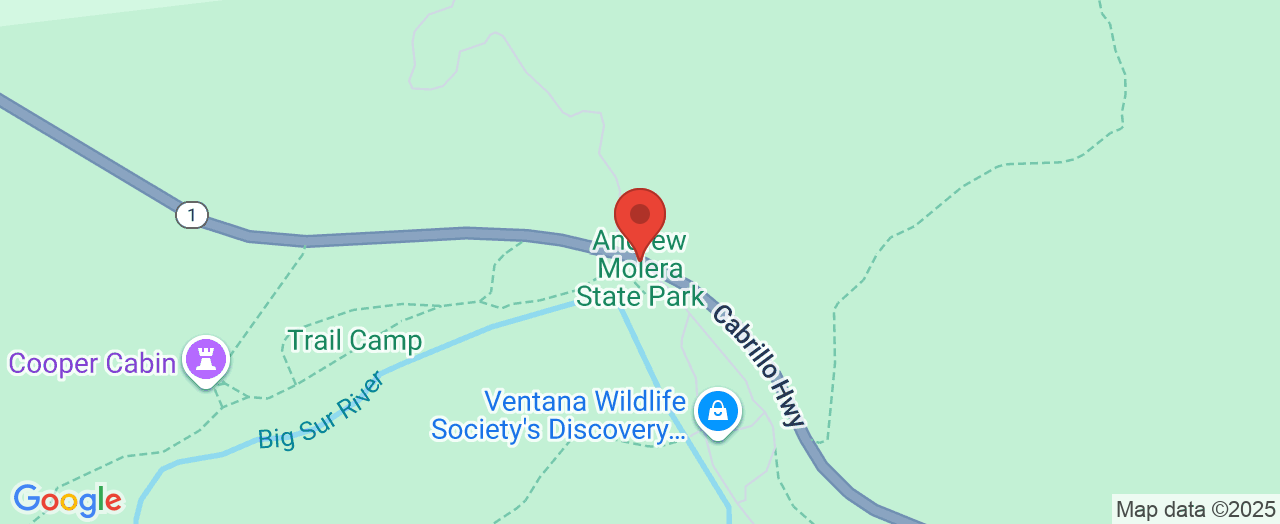
 Add Row
Add Row  Add
Add 





Write A Comment